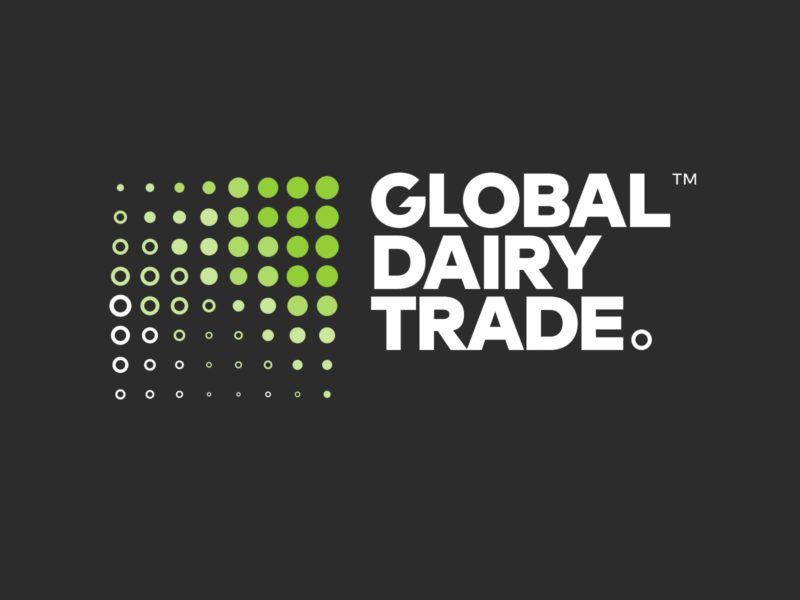Global Dairy Trade: Whole Milk Powder Surpasses $4,100

The international dairy market is experiencing a surge in prices, with whole milk powder recently surpassing the $4,100 mark. This positive trend, beginning with fluctuations in August of last year, has been further bolstered by developments in China’s dairy import demands.
In the latest Global Dairy Trade (GDT) auction, the average dairy commodity price reached approximately $4,296 per metric ton, reflecting a 3.7% increase. Whole milk powder, a crucial export product, advanced by 4.1%, trading at $4,169 per metric ton—up by $1,000 from the low point in July of the previous year.
GDT, the leading global platform for dairy trading, facilitates transactions among stakeholders across over 60 countries, with annual trades amounting to $2-3 billion. Recent data indicates an upswing in Chinese demand for foreign-produced milk. According to an Australian analyst, China's interest in dairy imports has been growing, highlighting the country's significance for Oceania's dairy exports.
The increased demand stems from a contraction in China's local milk supply due to droughts and production declines. Consequently, there is an uptick in import demand. The Dairy Supply Chain Observatory notes a slowdown in China's milk production, signifying a shift in commercial dynamics for the world’s largest dairy importer.
Although China rapidly advanced towards milk self-sufficiency by 2023, an oversupply led to decreased imports. In 2024, national milk production decreased, with Rabobank estimating a 5% drop in the second half of the year due to low producer prices and high production costs. A heatwave further impacted production, with projections of a 1.5% decline in 2025.
Despite ongoing economic challenges, there is optimism for a recovery in China’s domestic dairy demand. Rabobank anticipates a 1.2% annual increase in dairy consumption for 2025. Additionally, China's dairy product imports turned positive in late 2024, witnessing an 18% year-on-year growth in December, particularly in dried products.
While geopolitical factors such as the EU-China trade dispute and changes in U.S. trade policy remain crucial issues, China's resurgence in the dairy market provides promising opportunities for global milk exporters. The industry in New Zealand, keenly observing these developments, recognizes the potential global competitiveness impacts of new U.S. trade regulations.
As the leading dairy importer, China's market revival represents a significant opportunity for expanding global dairy trade routes, offering attractive new ventures for international dairy producers.











